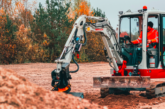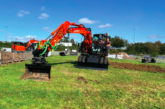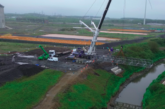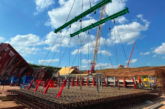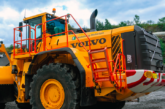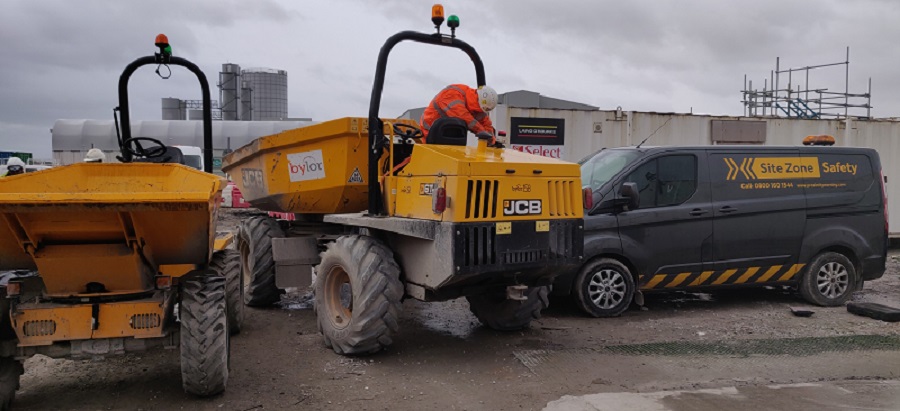
Bylor engages SiteZone Safety to install 25 proximity warning units on the busiest construction site in the UK.
Proximity warning specialists, SiteZone Safety, has been chosen to install their anti-collision solution, SiteZone, on a variety of machines including excavators, rollers and dumpers, at the site of the new Hinkley Point C power station, presently under construction.
The vast Hinkley Point site has over 4,000 people employed on it already, and more are expected to join over the projected ten year construction period. With that level of activity, it’s a foregone conclusion that site worker safety will be of paramount importance to the client and the contractors involved.
SiteZone’s contribution will reduce the risk of plant-personnel collisions. SiteZone’s proximity warning system works to alert the driver audibly and visually via a unit in their cab, and the pedestrian via a vibrating wearable tag on their hard hat. Both parties are alerted simultaneously and know to stop and assess their locations as a collision is imminent.
Gary Escott, co-founder of SiteZone Safety says: “Being able to protect workers from collision risk at Hinkley Point is paramount, given the scale of the works there and the interaction between plant and people. Furthermore, it is in keeping with EDF’s ‘Zero harm’ policy on ensuring a safe and healthy working environment for their employees. Our client identified a risk to workers’ safety and we have been able address it with the application of SiteZone proximity warning system. To date SiteZone has been installed on 25 machines. We are confident it will prove to be an exemplary complement to safety protocols at the site.”
There are hundreds of vehicles and plant operating on the Hinkley Point site at any one time. That means hundreds of workers are constantly interacting with moving plant in constricted spaces. It therefore follows that more care must be taken to avoid collisions between personnel and moving machines and vehicles.
For further information on SiteZone Safety click here


